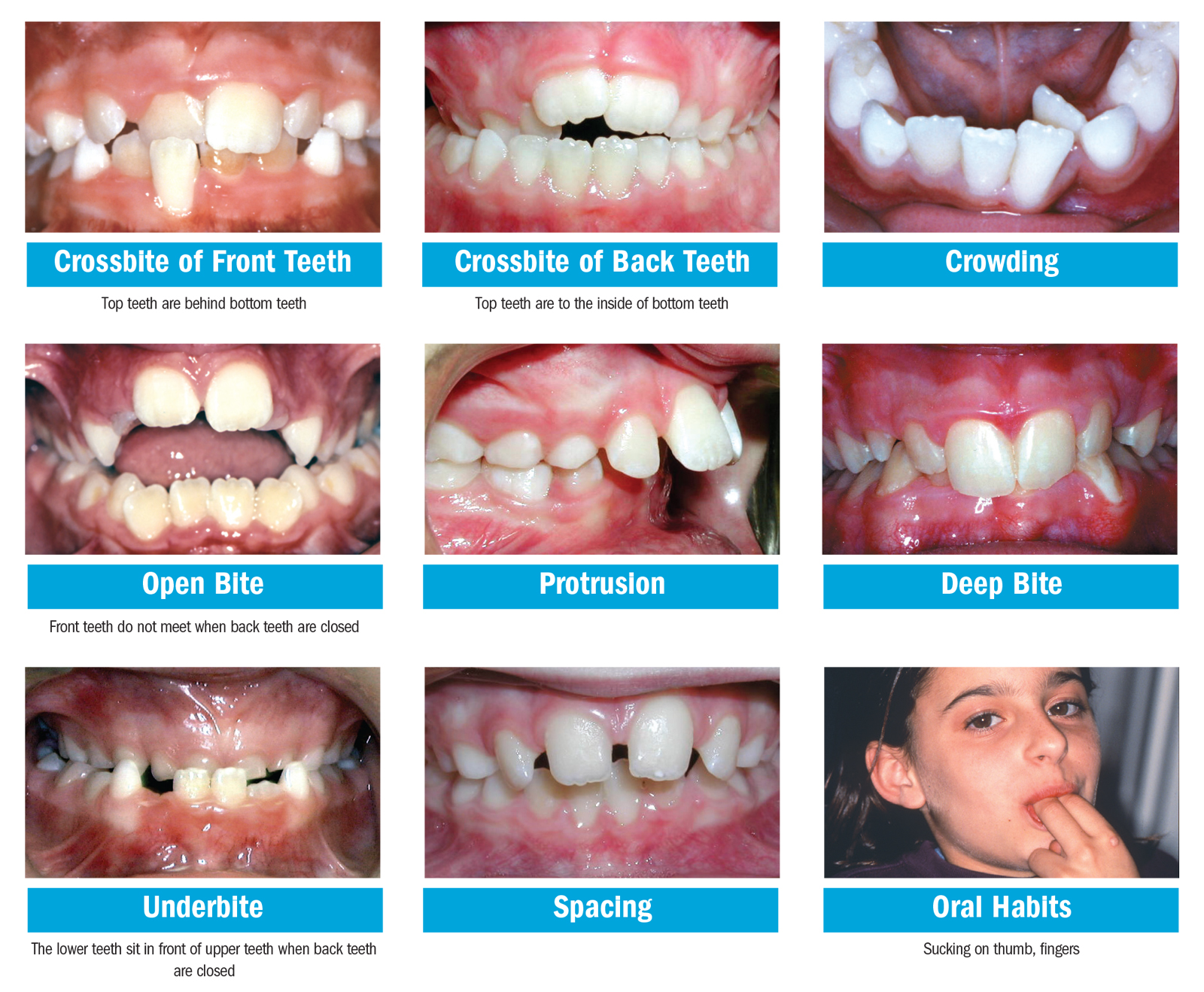Timing is Everything!
Age-specific health screenings are nothing new to parents. Routine health and wellness check-ups are part of a child’s life from day one! But did you realize, that teeth and airway screenings at an early age are also key in diagnosing and treating bite issues and airway symptoms while a child is still developing? The American Association of Orthodontics recommends taking your child to a certified orthodontist to get their first evaluation by age 7!
“Why so young, my child hasn’t lost their baby teeth yet?” is the question we hear most often from parents. Putting off an orthodontic evaluation until a child has lost all their baby teeth could actually be a disservice. Some orthodontic problems may be easier to correct the earlier they are found! Achieving certain results may not be possible once the face and jaws have finished growing. A screening no later than age 7 gives Dr. Greenberg the opportunity to recommend appropriate treatment, at the appropriate time.
Often times, a child’s dentist will alert you to concerns about how their teeth and jaws are developing. But in a lot of cases, parents are actually the first to recognize a problem! Signs your child may need early Phase 1 orthodontic treatment:
- Improve their self-esteem and self-confidence
- Early loss of baby teeth (before age five)
- Difficulty chewing or biting
- Mouth breathing, snoring, signs of sleep apnea
- Sucking the thumb or fingers, or other oral habits (past 5 years old)
- Crowded, misplaced or blocked-out teeth
- Jaws that shift, protrude or make sounds when they open/close their mouth
- Speech difficulty/speech impediment
- Biting the cheek or biting into the roof of the mouth
- Protruding teeth
- Teeth that meet in an abnormal way or don’t meet at all when biting down
- Facial imbalance or asymmetry
- Grinding or clenching of teeth
- Inability to comfortably close lips

Bringing your child in for their first complimentary evaluation at age 7 will ensure that treatment needs are identified early, giving them a better orthodontic experience, with fewer complications, and the best outcome. By this age, your child has enough permanent teeth for Dr. Greenberg to evaluate the developing teeth and the jaws, which in turn can provide a wealth of information. “Early” treatment, also called “interceptive” treatment, simply means treatment that is performed while some baby teeth are still present. Early detection and regular monitoring are key to preventing long-term problems.
There are generally three outcomes of an initial evaluation:
- No treatment is necessary.
- Treatment may be needed in the future, so your child will be put on our “Observation & Growth Program” where every 6 months to 1 year we’ll notify you to come in for a follow-up consultation.
- There is a problem and Early Phase 1 Orthodontic Treatment is recommended.
While there are many orthodontic problems that orthodontists agree are best treated after all permanent teeth have come in, early treatment can be in a patient’s best interests if their problem is one that could become more serious over time if left untreated. The goal of early treatment is to intercept the developing problem, eliminate the cause, guide the growth of facial and jaw bones, and provide adequate space for incoming permanent teeth. A child may still require a second phase of orthodontic treatment after all permanent teeth have come in to move those teeth into their best positions.
Early orthodontic treatment can be accomplished in a variety of ways. Sometimes a fixed or removable “oral appliance” is used to move teeth, change the position of the jaw, or hold teeth in place in order to bring about desirable changes. Other instances, removal of some baby teeth may help the permanent teeth erupt better. The extractions will be timed to take best advantage of your child’s specific growth and development.
Regardless of how treatment goals are reached, the bottom line is, timing is everything when it comes to early orthodontic treatment! Waiting until all the permanent teeth have come in, or until facial growth is nearly complete, may make correction of some problems more difficult. Don’t wait! Age 7 is the right time for a child’s first orthodontic evaluation. If you have any concerns regarding the alignment of your child’s teeth and jaws, it’s important to schedule a complimentary screening to get an expert opinion by Dr. Greenberg.
